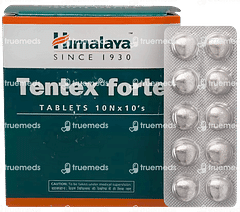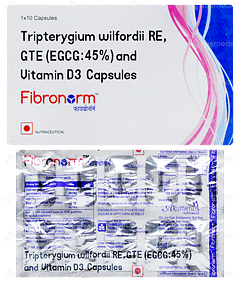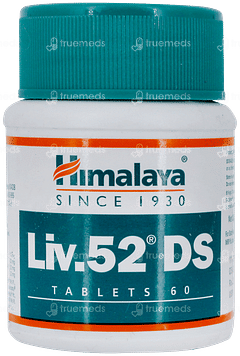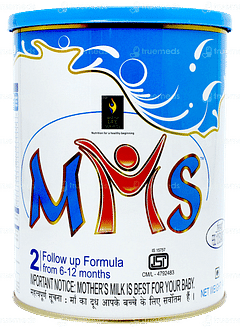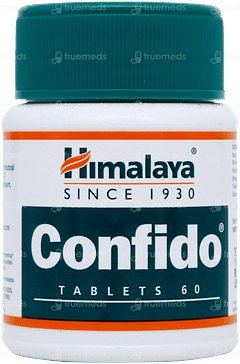Amoebiasis
Amoebiasis is a gastrointestinal infection caused by the parasite Entamoeba histolytica, which is transmitted through contaminated food and water. The infection can cause a range of symptoms, from mild to severe, and can lead to complications if left untreated. Proper hygiene and sanitation practices are essential in preventing the spread of amoebiasis.
Last updated on : 26 Mar, 2025
Read time : 13 mins
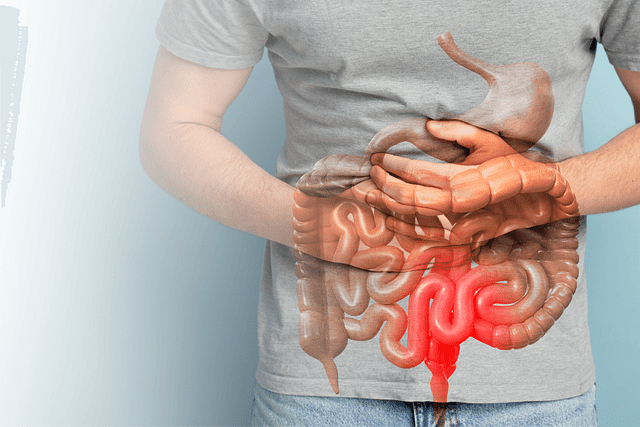
Overview of Amoebiasis
Amoebiasis, a gastrointestinal infection caused by the parasite Entamoeba histolytica, is a significant health concern globally, especially in regions with poor sanitation. The parasite is transmitted through the faecal-oral route, usually through contaminated food and water, and can also spread indirectly through contact with dirty hands or objects. Understanding the causes, symptoms, and prevention of amoebiasis is crucial in managing this potentially severe infection.
What is Amoebiasis?
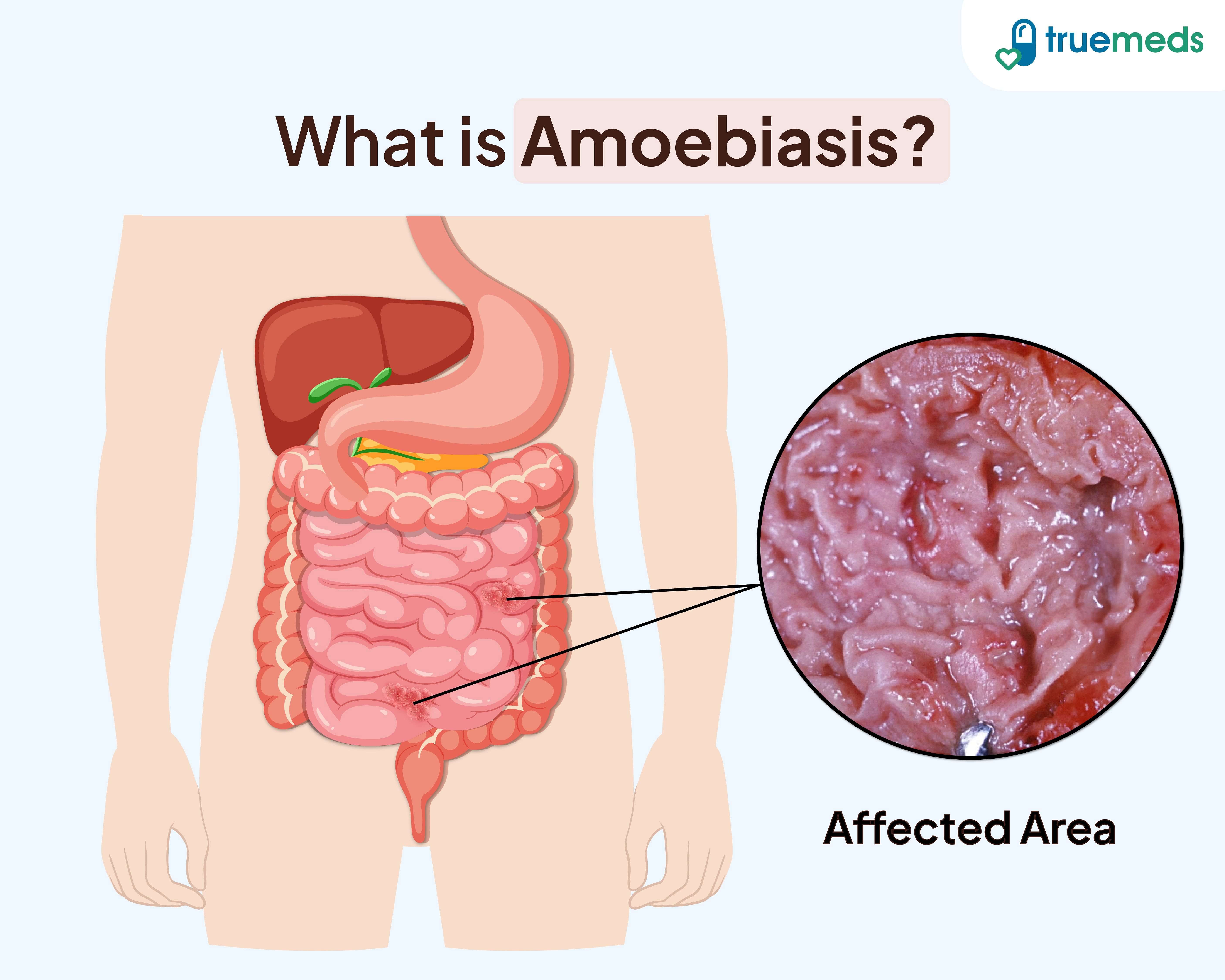
Amoebiasis, also called amoebic dysentery, is an infection of the intestines caused by a parasite called Entamoeba histolytica. It spreads when people consume contaminated food or water or come into contact with infected surfaces. The infection can cause symptoms ranging from mild to severe, including bloody diarrhea, stomach pain, and fever. Once inside the body, the parasite can harm the intestine’s lining, leading to these symptoms.
Key Factors about Amoebiasis
| Category | Details |
| Also Referred as | Amoebic Dysentery, Entamoebiasis |
| Commonly Occurs In | Developing countries, tropical areas with poor sanitation |
| Affected Organ | Intestines, liver, lungs, brain (rarely) |
| Type | Parasitic infection caused by Entamoeba histolytica |
| Common Signs | Diarrhoea (bloody or non-bloody), abdominal pain, fever, stomach cramps |
| Consulting Specialist | Infectious Disease Specialist, Gastroenterologist |
| Treatement Procedures | Medications like metronidazole, diloxanide furoate, and paromomycin; antibiotics for secondary infections |
| Managed By | Metronidazole, diloxanide furoate, and paromomycin |
| Mimiciking Condition | Bacterial colitis, inflammatory bowel disease, pyogenic liver abscesses, cancer |
Types of Amoebiasis
Amoebiasis can be classified into two main types based on the location of the infection:
Intestinal Amoebiasis: This is the most common form of amoebiasis, affecting the large intestine. Symptoms may include diarrhoea (sometimes with blood), abdominal pain, and fever. If not treated promptly, intestinal amoebiasis can lead to complications such as ulcerations and perforations in the colon.
Extraintestinal Amoebiasis: In some cases, the parasite can spread beyond the intestines and affect other organs, most commonly the liver. This type of amoebiasis can cause amoebic liver abscesses, which may not always be accompanied by diarrhoea or other gastrointestinal symptoms.
Recognising the symptoms associated with each type of amoebiasis is essential for prompt diagnosis and treatment, as the infection can progress and lead to serious health complications if left untreated.
Symptoms of Amoebiasis
Amoebiasis infection does not cause symptoms in everyone. In some cases, you may not feel sick, especially in the early stages. However, symptoms can appear within four weeks of infection.
The symptoms of amoebiasis can vary depending on the type and severity of the infection. Some common symptoms include:
- Bloody Diarrhoea: The presence of blood in the stool is a classic sign of amoebic dysentery, resulting from the invasion and inflammation of the intestinal walls by the parasites.
- Abdominal Pain: Patients may experience cramping or discomfort in the abdomen due to the inflammation caused by the infection.
- Diarrhoea: Loose, watery stools are common in amoebiasis as the parasites disrupt the normal absorptive function of the intestines.
- Nausea: Some individuals may feel nauseated or experience a loss of appetite due to the ongoing infection.
- Stomach Cramps: The inflammation and irritation of the intestinal walls can cause painful cramps in the stomach area.
- Fever: In some cases, particularly in tissue disease, patients may develop a fever as the body attempts to fight off the infection.
- Weight Loss: Chronic amoebiasis can lead to unintentional weight loss due to the ongoing digestive disturbances and reduced nutrient absorption.
- E. histolytica can stay in your intestines for a long time, even if you don’t have any symptoms. If you’ve been to a place with poor sanitation, talk to your doctor about whether you need to get tested.
In severe cases, amoebiasis can cause serious complications, such as fulminant colitis. This condition involves intense inflammation and perforation of the colon, which can lead to peritonitis. Prompt recognition of these symptoms and seeking medical attention is crucial for effective management of amoebiasis and prevention of complications.
Causes of Amoebiasis
The parasite E. histolytica causes amebiasis. A parasite is a tiny organism that lives inside or on another living being and gets its food from it. When this parasite lays eggs, they grow into cysts inside the body.
If you have this infection, the cysts pass out of your body through your stool. If someone touches even a small amount of infected stool, they can also get infected.
The most common causes of amoebiasis include:
- Eating or Drinking Contaminated Food or Water: Amoebiasis is mainly caused by swallowing food or water that contains cysts from the parasite Entamoeba histolytica. These cysts are very hardy and can survive outside the body for a long time.
- Poor Sanitation and Hygiene: The spread of amoebiasis is often linked to inadequate sanitation and poor hygiene. In areas with inadequate waste management and limited access to clean water, the risk of consuming contaminated food or water increases.
- Contact with Infected People: Amoebiasis can spread through direct or indirect contact with infected people, especially in crowded or unsanitary conditions. This can include sharing utensils, eating from contaminated sources, or touching surfaces that have been contaminated with faecal matter.
- Unwashed Fruits and Vegetables: Fruits and vegetables that are not properly washed or cooked can carry amoebic cysts. Eating these contaminated foods can lead to infection, particularly in regions where irrigation water may be polluted.
- Travelling to Areas with High Infection Rates: People travelling to regions where amoebiasis is common are at higher risk of getting the infection. These areas often include parts of Africa, Asia, and Latin America, where sanitation may be poor.
- Contaminated Soil: In some cases, amoebic cysts can be found in soil that has been contaminated with faecal matter. Activities that involve direct contact with such soil, like gardening or playing in affected areas, can result in infection if good hygiene is not practiced.
Risk Factors
Several factors can increase the risk of contracting amoebiasis:
- People living in tropical areas with poor sanitation are more susceptible to the infection.
- Immigrants from tropical countries to regions with better sanitation may still carry the parasite.
- Travellers visiting endemic regions with poor sanitation are at risk of contracting amoebiasis.
- Institutionalised or immunocompromised individuals are more vulnerable to infection.
- Those engaging in anal sex are at higher risk due to the possibility of faecal-oral transmission.
Who's at Risk?
It is important to note that while anyone can contract amoebiasis, certain groups are at a higher risk. These include:
- Residents of tropical areas
- Immigrants from tropical countries
- Travellers to endemic regions
- Institutionalised or immunocompromised individuals
- Alcohol use
- Cancer
- Malnutrition
- Older or younger age
- Pregnancy
- Use of corticosteroid medicine to suppress the immune system
Being aware of these risk factors can help in taking preventive measures and seeking prompt medical attention if symptoms arise.
Complications
If left untreated, amoebiasis can lead to several serious complications affecting various organs in the body. Some of the most common complications include:
- Amoebic Dysentery: This condition is characterised by severe symptoms such as bloody diarrhoea, abdominal pain, and fever, which can be debilitating for the affected individual.
- Liver Abscesses: The parasite can spread to the liver, causing inflammation and potentially leading to peritonitis, a serious infection of the abdominal lining.
- Respiratory Tract Complications: In rare cases, amoebiasis can affect the lungs, potentially resulting in conditions like empyema (accumulation of pus in the pleural cavity) or hepato-bronchial fistula (an abnormal connection between the liver and the bronchial tree).
- Brain Abscesses: Although uncommon, amoebic brain abscesses can occur, causing severe neurological symptoms that require prompt medical attention.
- Heart Problems: In rare instances, amoebiasis can lead to heart complications, highlighting the importance of timely diagnosis and treatment.
- Anemia: Amoebiasis can lead to anemia due to prolonged blood loss from the intestines, especially in cases of severe diarrhea with bleeding. This reduces red blood cell levels, causing fatigue, weakness, and pale skin.
- Lung Amebiasis (Pleuropulmonary Amebiasis): When the parasite spreads from the intestines to the lungs, it can cause lung infections, leading to chest pain, cough, fever, and difficulty breathing. This occurs when an amoebic liver abscess ruptures and reaches the lungs.
- Peritonitis: If the parasite severely damages the intestinal wall, it can lead to peritonitis, a serious condition where the infection spreads to the lining of the abdominal cavity. This causes intense abdominal pain, fever, and can be life-threatening without immediate medical treatment.
Prevention of Amoebiasis
To prevent the spread of amoebiasis, it is essential to focus on the following:
Ensure Safe Drinking Water: Always drink water that has been treated or purified. In areas where water quality is questionable, use bottled water, boil water before drinking, or use water purification tablets.
Practice Good Hygiene: Regularly wash hands with soap and clean water, especially before eating or preparing food, and after using the toilet. Good hygiene helps prevent the spread of amoebic cysts.
Cook Food Thoroughly: Ensure that all food, particularly fruits and vegetables, is thoroughly washed and cooked before consumption. Cooking food at high temperatures helps kill any potential parasites.
Avoid Raw or Undercooked Foods: In areas where amoebiasis is common, avoid eating raw or undercooked meats, seafood, and vegetables that may have been exposed to contaminated water or soil.
Use Safe Sanitation Practices: In places with poor sanitation, avoid using open toilets or pit latrines. Ensure that sewage systems are well-maintained and that waste is disposed of properly to prevent contamination of water sources.
Be Cautious While Travelling: When travelling to regions where amoebiasis is prevalent, take precautions such as drinking only bottled or boiled water, avoiding ice, and eating only well-cooked food from reputable sources.
Regular Health Check-ups: For those living in or travelling to high-risk areas, regular health check-ups can help with early detection and treatment of amoebiasis, reducing the risk of severe complications.
Maintain Personal Hygiene: If using shared facilities such as public restrooms, ensure proper hand hygiene and avoid touching surfaces that may be contaminated.
Diagnosis & Tests
If you suspect that you may have amoebiasis, it is essential to seek medical attention for an accurate diagnosis. Your doctor will likely take the following steps to determine if you have this parasitic infection:
Microscopic Examination of Stool Samples: This is the most common method for detecting the presence of E. histolytica cysts or trophozoites in the patient's faeces.
Assessment of Symptoms: Patients with amoebiasis may experience diarrhoea (which can be bloody), abdominal pain, and weight loss. These symptoms, along with the patient's travel history and potential exposure to contaminated food or water, can help guide the diagnosis.
Differential Diagnosis: It is essential to distinguish amoebiasis from other conditions that present with similar symptoms, such as shigellosis, inflammatory bowel disease, and pyogenic liver abscesses. Additional tests, such as blood work or imaging studies, may be necessary to rule out these conditions.
Accurate diagnosis is crucial for determining the appropriate course of treatment for amoebiasis and preventing potential complications.
Treatment & Management
If you are diagnosed with amoebiasis, your doctor will create a treatment plan based on how severe your infection is and your overall health. Treatment usually includes the following:
- Antiparasitic Medications: Medicines like metronidazole or tinidazole are commonly used to kill the parasite causing the infection. These drugs are highly effective in treating amoebiasis.
- Luminal Amebicides: Your doctor may also give you medicines like paromomycin or diloxanide furoate. These help remove any remaining parasite cysts from your body and prevent the infection from spreading to others.
- Supportive Treatment: If you have symptoms like diarrhea or vomiting, your doctor may recommend drinking plenty of fluids and taking electrolyte solutions to stay hydrated.
- Surgery: In rare cases, if complications occur—like a large abscess in the liver or a hole in the intestine—surgery may be needed to drain the abscess or remove damaged tissue.
It is important to take your medicine exactly as your doctor prescribes and complete the full course, even if you start feeling better. This ensures the parasite is completely eliminated and prevents drug resistance. With proper treatment, most people recover fully and return to their normal routine.
Medication for Amoebiasis
The treatment for amoebiasis involves a combination of medications to eliminate the parasites from both the intestines and the liver. These include:
- Metronidazole and tinidazole are effective tissue amebicides that target trophozoites in intestinal amoebiasis but do not address cysts in the intestinal lumen.
- Luminal agents such as paromomycin, diloxanide furoate, and iodoquinol are used to eliminate these cysts, with paromomycin being effective for both asymptomatic and symptomatic cases, including those with HIV.
- Metronidazole is the primary treatment for amoebic liver abscess, often followed by a luminal agent for complete eradication.
- Empirical antibacterial therapy may be required if a perforated bowel is suspected, and alternative medications like chloroquine phosphate and dehydroemetine may be considered in specific cases.
Proper adherence to the prescribed medication regimen is crucial for successful treatment and prevention of complications.
When to See a Doctor?
If you experience symptoms such as abdominal pain, diarrhoea with blood or mucus, or fever, it is essential to seek medical attention promptly. Even if you are asymptomatic but test positive for E. histolytica, treatment is necessary to prevent future symptoms and transmission of the infection to others. In severe cases or those involving liver abscesses, immediate medical intervention is crucial to effectively manage complications and prevent further damage. It is also important to consult a doctor if symptoms persist or worsen after initial treatment, as the treatment regimen may need to be adjusted accordingly. Your doctor will assess your condition and provide the appropriate guidance and care to ensure a successful recovery from amoebiasis.
Key Takeaways
Amoebiasis treatment typically involves a combination of nitroimidazole derivatives (e.g., metronidazole or tinidazole) and luminal agents (e.g., paromomycin, iodoquinol, or diloxanide furoate).
Metronidazole is the primary medication for symptomatic infections and amebic liver abscesses, followed by a luminal agent for complete parasite eradication.
Luminal agents are used to eliminate the encysted form of the parasite from the intestinal lumen and treat asymptomatic carriers, preventing further transmission.
Prompt medical attention is essential for both symptomatic and asymptomatic individuals diagnosed with E. histolytica to ensure effective treatment and prevent complications.
Practising good hygiene measures, such as washing hands thoroughly and consuming safe food and water, can significantly reduce the risk of contracting amoebiasis.
FAQs
How to treat ameba at home?
Lemon juice, bael fruit pulp, kutja tablets, and neem leaf paste are considered effective home remedies for treating amoebiasis due to their antimicrobial properties.
How long does amoebiasis last?
Amoebiasis symptoms can persist for days to months after exposure. However, with appropriate amoebiasis treatment, the infection usually clears up within about 2 weeks.
What organ does amoebiasis affect?
Amoebiasis primarily affects the large intestine (colon) but can also spread to other organs such as the liver, lungs, brain, and heart.
Can amoebiasis spread?
Yes, amoebiasis can spread through contaminated food and water, contact with infected faeces, and certain sexual practices, making it contagious.
Which parasite is responsible for Amoebiasis?
Entamoeba histolytica (E. histolytica) is the parasite responsible for causing amoebiasis, an infection that can lead to severe complications if left untreated.
References
Better Health Channel. (n.d.). Gastroenteritis - amoebiasis. https://www.betterhealth.vic.gov.au/health/conditionsandtreatments/gastroenteritis-amoebiasis
Zulfiqar, H., Mathew, G., & Horrall, S. (2024). Amebiasis. In StatPearls. StatPearls Publishing. http://www.ncbi.nlm.nih.gov/books/NBK519535/
Centers for Disease Control and Prevention. (2022). amoebiasis. https://www.cdc.gov/amoebiasis/about/index.html?CDC_AAref_Val=https://www.cdc.gov/parasites/amoebiasis/index.html
Patient. (2021). Amoebiasis. https://patient.info/travel-and-vaccinations/travellers-diarrhoea-leaflet/amoebiasis
Medline. (2022). amoebiasis. https://medlineplus.gov/ency/article/000298.htm
Check Related Salts
Browse Other Conditions
Latest health articles
Top Health Essentials
Disclaimer
Top-Selling Medicines:
...View more
Top-OTC medicines:
...View more
Subscribe
Registered Office Address
Grievance Officer
Download Truemeds

Contact Us
Our customer representative team is available 7 days a week from 9 am - 9 pm.
v3.6.9
Our Payment Partners





































